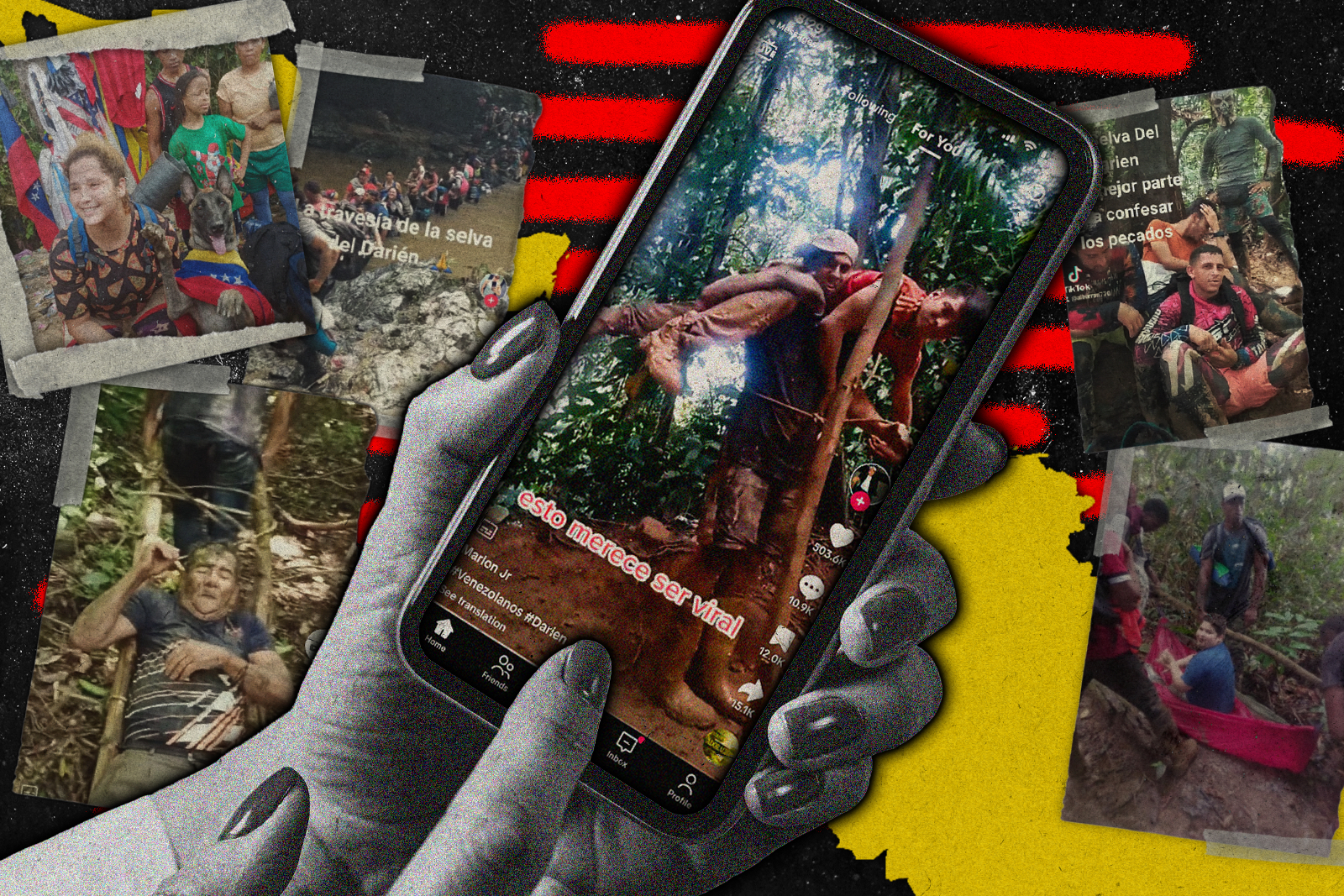
Tech
It’s Time to Leverage TikTok to Address the Border Crisis
Undocumented migrants no longer hide from authorities: they openly share their grueling journey across Latin America on TikTok. The social media app has become popular for those seeking to come to the U.S. to give tutorials and share advice, such as what kind of shoes and camping gear to bring. It inspires them to flee their home countries. This year, two million migrants from Central and South America, as well as China, have tried the risky TikTok route, hoping to arrive on American soil.
Despite the U.S. government’s ban on TikTok on federal devices—a move ostensibly aimed at bolstering national security—this policy falls short of addressing the complexities at the border. A more nuanced approach would involve the recruitment of social media experts to curate a narrative counterbalancing TikTok’s often misleading content. Looking ahead, reevaluating the prohibition and harnessing TikTok for international collaboration presents a sustainable pathway.
Global COVID restrictions exacerbated illegal border crossings along our southern border. Migrants lost their livelihoods during the lockdown. They chose to risk their lives in search of economic opportunity in the U.S. What they perceive as hope, however, has put a strain on federal resources and overburdened already-crowded facilities. Undocumented migrants either apprehended by U.S. border agents or stuck in Mexico awaiting their turn before an immigration judge has led to a humanitarian crisis.
The U.S. Customs and Border Protection (CBP) persists with conventional strategies such as detention to manage this surge, while the Biden administration targets the underlying causes by funneling aid to Central American nations. Yet these initiatives have yet to yield immediate results in curbing the migrant flow.
TikTok, however, offers an accessible avenue to dispel myths and deliver swift outcomes. Social media’s persuasive power is undeniable, shaping the choices of potential undocumented migrants. The CBP’s Office of Public Affairs could effectively initiate a TikTok campaign, deploying linguistically adept social media specialists to identify, report, and neutralize deceptive or dangerous content. This educational endeavor would not only illuminate the real perils and legal repercussions of unlawful entry but also could achieve more with less, compared to traditional border control measures.
Moreover, embracing TikTok can foster a deeper, long-lasting international dialogue. The challenge of illegal crossings, a human rights concern, demands a concerted global response. As an open-source intelligence tool, TikTok facilitates multinational cooperation to preempt and tackle both threats and opportunities. Collaborative intelligence gathering and synchronized efforts can provide a more cohesive strategy to address migration dynamics.
The platform also serves as an investigatory tool against smuggling syndicates that prey on migrant desperation. While migrants seek smuggling insights on TikTok, these criminal enterprises brazenly market their illicit services. By tracing their digital footprints, authorities can glean valuable intelligence, aiding in the disruption of these networks that imperil migrant safety and national security. Suppressing these smugglers is a dual mandate: a security necessity and a humanitarian obligation.
The scrutiny surrounding TikTok’s data privacy protocols and its parent company ByteDance’s association with the Chinese government is warranted. Nonetheless, shunning the platform is a strategic misstep in the context of the current border predicament. Engaging with ByteDance to negotiate data protection for U.S. users and ensure regulatory compliance presents a constructive alternative.
TikTok is an influential medium for addressing border and humanitarian issues. The U.S. should not forsake TikTok but should rather harness its connective potential to disseminate truthful content and foster engagement. By enlisting social media specialists, the CBP can craft compelling, educational content on TikTok. This approach could refine border management strategies and offer a compassionate, impactful response to a crisis affecting millions.

